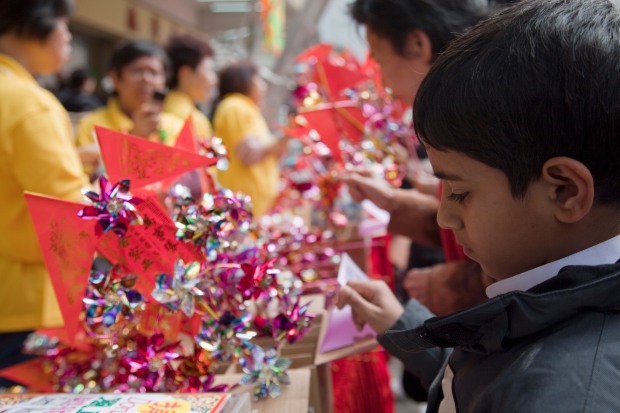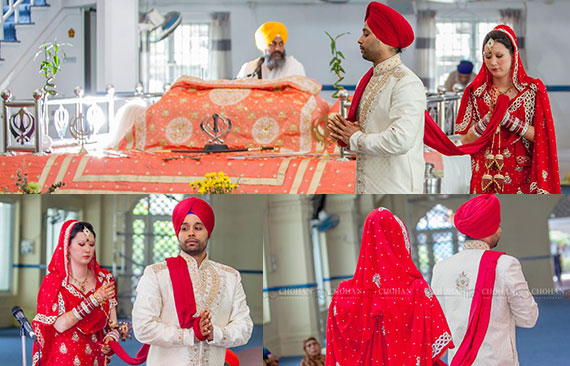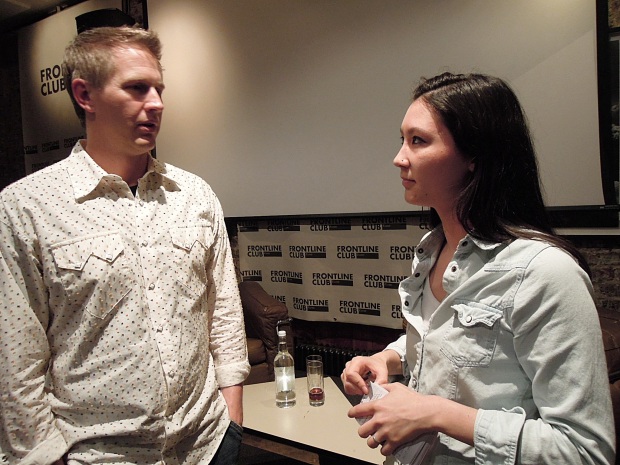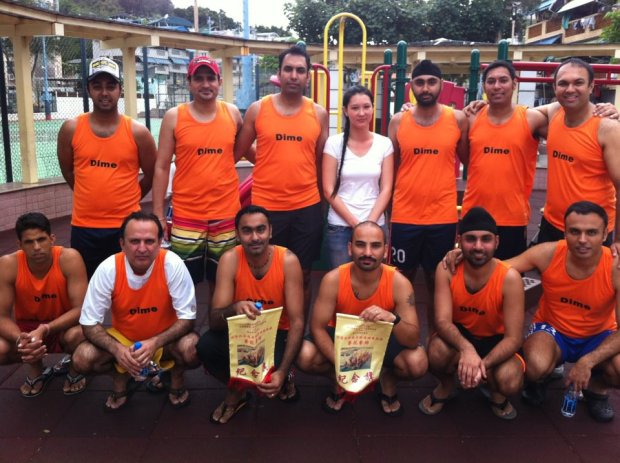
Photo: SoCo
Long-awaited welfare changes to affect thousands of refugees, have come into effect today in Hong Kong.
Increases in rental and food assistance, utility expenses and help with rental deposits are among the improvements.
But the policy still doesn’t include the right to work, even after residing in the city for a long period of time.
A Central African lawyer-turned-charity worker, who came to Hong Kong to seek asylum in 2004, is among many who say it’s not enough.
Robert, who fled civil war and persecution in his country, says, “It’s not at all enough. In fact, in Hong Kong there’s no way you can get a room for HK$1500. It’s just a kind of cave, a place where you put your bed, nothing more.”
The value of the food bag given to refugees and asylum seekers, three to six times a month, has increased to HK$1200, working out at HK$13 per meal (£1 / US$1.7).
Financial help towards utilities has gone up a mere HK$40, though research from the Refugee Concern Network shows that 88% of refugees are unable to afford the utilities they require.
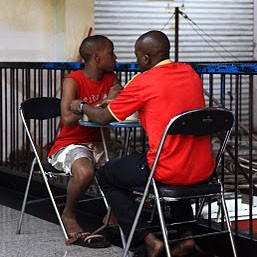
Photo: J.Castle
Somali journalist Ibraahim Jeekey, who claimed asylum in Hong Kong around 5 months ago, says, “If I tell you the truth, 5 months and above, I am not calling my children. So I don’t know if they’re alive or dead. But the problem is that you cannot get $1 in Hong Kong to buy a [phone] card.”
The Government argues that their assistance to refugees is aid, not welfare.
But Albert Ho, democratic legislator and member of the panel on Welfare Services, explains that, “The Government says they don’t want to send a signal to the outside world that Hong Kong welcomes refugees.”
“In other words, if you want to come [here] you have to lead a very difficult life. It’s inhuman, it’s uncivilised.”
The Hong Kong Government set a poverty threshold in late 2013.
Cosmo Beatson, co-founder of refugee advocacy group Vision First, says, “the previous refugee welfare package oppressed them at 37% below that rate. And even with the increase, they remain at 20% below the poverty rate.”
Julee Allen, manager of Christian Action in Hong Kong, explains, “they struggle they really do. I see people who come and sell their belongings, their jewellery, piece by piece, to bring in a bit of additional income.”
The waiting game
The People’s Republic of China signed the Refugee Convention in 1951. But it was never extended to include Hong Kong, which currently has no refugee laws.
The city signed the Convention on Torture in 1992, yet has a near to zero acceptance rate.
Asylum claims are currently assessed by the UNHCR before a decision is made by the Immigration Department, who also deal with torture claims.
As a result, both asylum seekers and torture claimants often wait many years for a decision to be made on their status.
Research by the Refugee Concern Network shows that 13% of asylum seekers wait 7-8 years and 29% wait more than 9 years.
Ibraahim says, “Here is a community of 75 Somalis living in asylum. Really they become crazy because they sit here in the same place for 3 years, 4 years, 7 years.”

Photo: BillyHCKwok
“Your pockets are empty. Really we are sleeping and eating only. We go to the mosque to pray, and we go to our home.”
Currently, around 1,900 asylum seekers and 4,200 torture claimants are still awaiting decisions on their claims, according to the Hong Kong Refugee Advice Centre (HKRAC).
“We see a lot of depression from the months and years of waiting. The people we see are former professionals. Not being able to work is enormously demoralising,” Julee explains.
“They want to give back to Hong Kong, but the laws set up around their status forbid it. They can’t work, they depend on the state, they’re not even allowed to volunteer.”
Neither recognised refugees or asylum seekers are allowed to work in the city, and face 22 months in prison for taking part in work illegally.
Cosmo points out that, “Robbery in Hong Kong, gets 7-8 months [in prison], for prostitution you get 2-3 months, so these policies are actually forcing criminality.”
Most other countries that accept refugees allow them to work if a decision hasn’t been made on their status after a year. But refugees in Hong Kong can wait 10 years or more in limbo.

Photo: BillyHCKwok
A right to dignity
A case being heard at Hong Kong’s highest court includes three recognised refugees and one successful torture claimant, who are fighting for the right to earn a living
All of them have been in Hong Kong for more than 10 years.
If successful, the outcome of the hearing may be a watershed moment for refugees and asylum seekers in the city, allowing many more in desperate situations to work.
Mark Daly, the lawyer who is fighting the case, says, “The arguments that we’re running are based on basic law and the International Human Rights Convention – the right to privacy and the right to avoid cruel and degrading treatment.”
“So it’s really an indicator of how far Hong Kong courts will go to uphold human rights.”
At the discretion of the Director of Immigration, Robert was recently granted the right to work and spends his days helping other refugees in need.
“I have recovered part of my dignity and my privacy. I really felt lost on one hand, and on the other hand I was feeling useless. Because I couldn’t get any opportunity to use my talents, my energy and my strength.”
“The Government should think how they can make use of this community. Among them there are many talented people and they can contribute to society in Hong Kong.”
